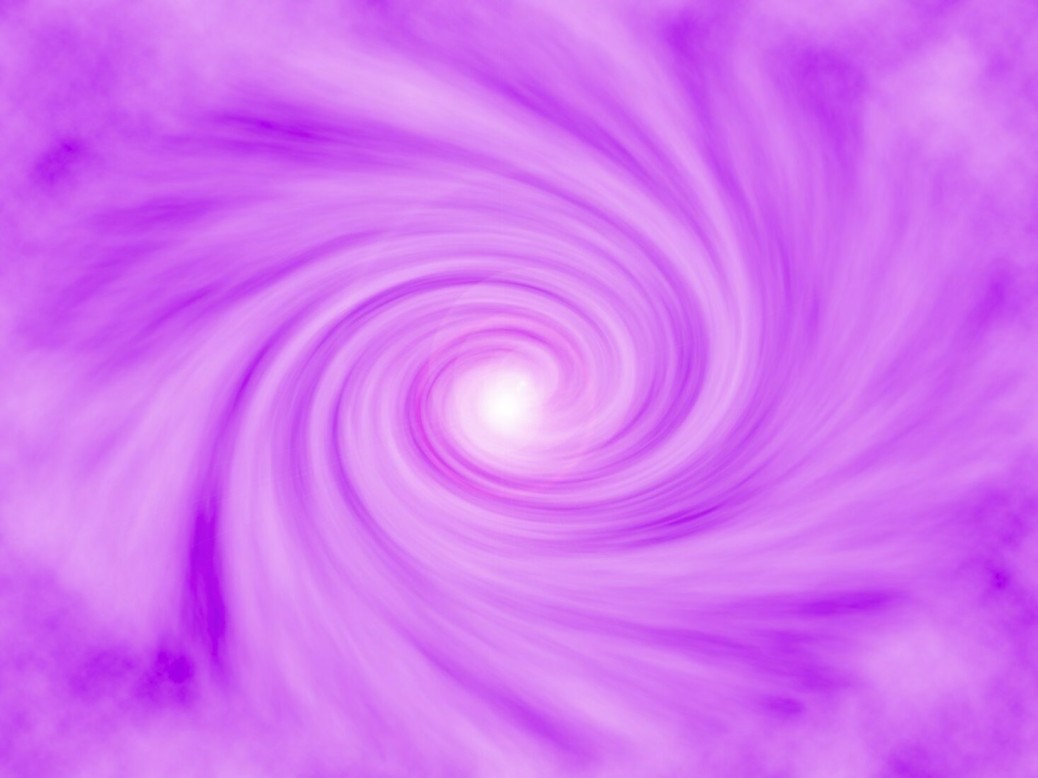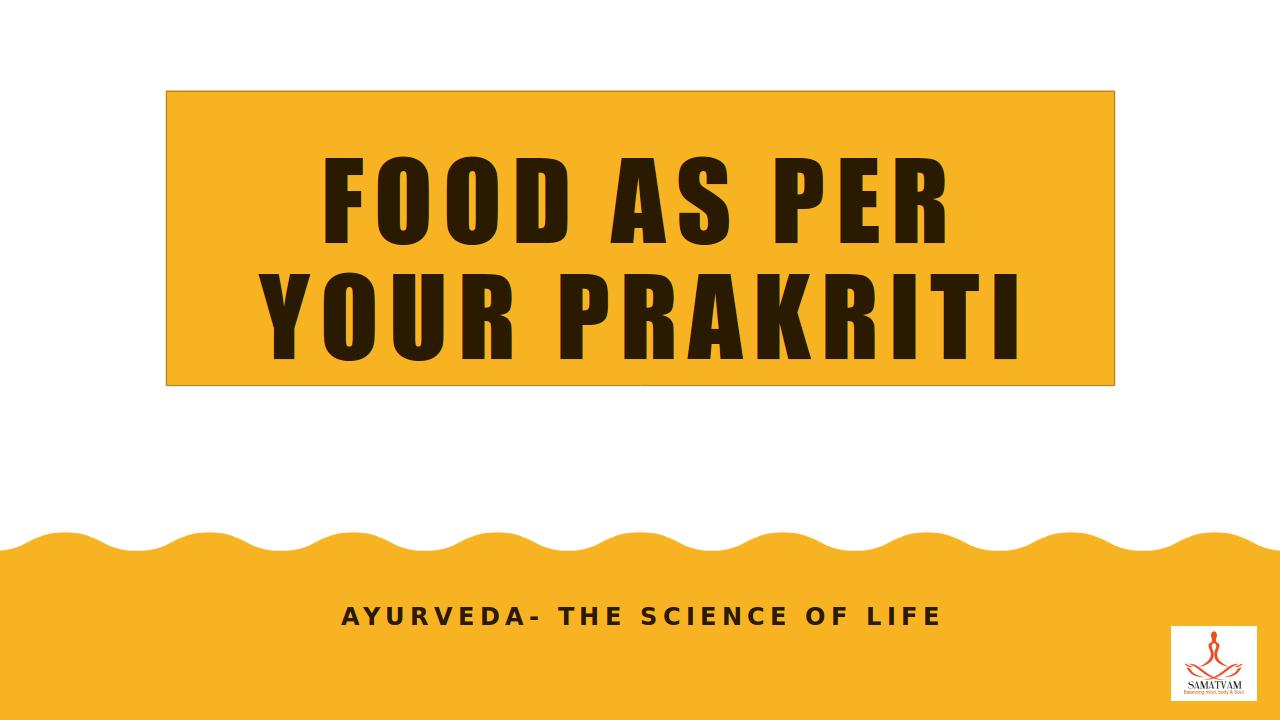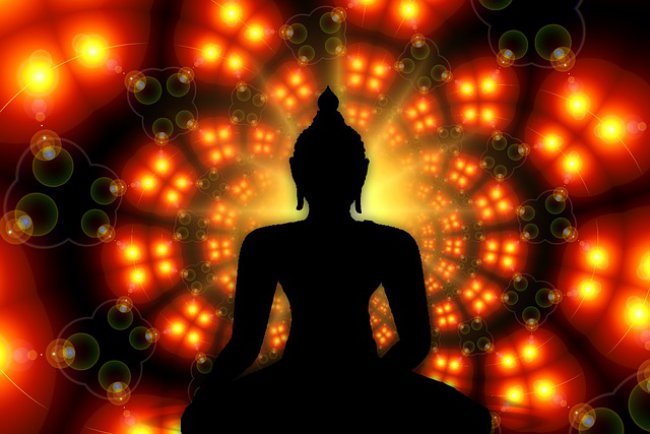SAVITARKA SAMADHI IS THE SAMADHI IN WHICH THE YOGI IS STILL UNABLE TO DIFFERENTIATE BETWEEN THE REAL KNOWLEDGE, KNOWLEDGE BASED ON WORDS, AND KNOWLEDGE BASED ON REASONING OR SENSE PERCEPTIONS, WHICH ALL REMAIN IN THE MIND IN A MIXED STATE.
There are two types of samadhis: one Patanjali calls savitarka, the other he calls nirvikalpa, or nirvitarka. These are two states. First one achieves savitarka samadhi, that is, the logical mind is still functioning – samadhi, yet based on the rational attitude – the reason is still functioning, you are making discriminations. This is not the highest samadhi, just the first step. But that too is very, very difficult because that too will need a little going towards the center.
Just for example: the periphery is there, where you are right now, and the center is there, where I am right now, and between the two, just in the middle, is savitarka samadhi. It means you have moved away from the surface, but you have not reached the center yet. You have moved away from the surface, but still the center is far away. Just in the middle you are; still something of the old is functioning, and something of the new has entered – halfway. And what will be the situation of this halfway state of consciousness?
SAVITARKA SAMADHI IS THE SAMADHI IN WHICH THE YOGI IS STILL UNABLE TO DIFFERENTIATE BETWEEN THE REAL KNOWLEDGE…
He will not be able yet to differentiate what is real because the real can be known only from the center. There is no other way to know it. He cannot know what is real knowledge. Something of the real is filtering in, because he has moved from the surface, has come closer to the center, not yet centered, yet has come closer. Something of the center is filtering in – some perceptions, some glimpses of the center, but the old mind still is there, not completely gone. A distance is there but the old mind still goes on functioning. The yogi is still unable to differentiate between the real knowledge…
Real knowledge is that knowledge when the mind does not distort at all, when the mind has completely disappeared in a sense. It has become so transparent that whether it is there or not makes no difference. It is mid-state, the yogi is in a very deep confusion. The confusion comes: something from the real, something from his knowledge that he has gathered in the past from words, scriptures, teachers – that too there. Something from his own reasoning, what is right and what is wrong, what is true and what is false, and something from his sense perceptions – eyes, ears, nose – everything is there, mixed.
This is the state where the yogi can go mad. If there is nobody to take care; in this state, the yogi can go mad because so many dimensions meeting and such a great confusion and chaos… It is a greater chaos than he was ever in when he was on the surface, because something new has come in.
From the center now some glimpses are coming towards him, and he cannot know whether it is coming from the knowledge that he has gathered from the scriptures. Sometimes he suddenly feels aham brahmasmi “I am God.” Now he is unable to differentiate whether this is coming from the Upanishad that he has been reading, or he himself has reasoned it out. It is a rational conclusion that, “I am part of the whole and the whole is God, so of course I am God”… whether it is a logical syllogism or it is coming from sense perceptions.
Because sometimes, when you are very quiet and the doors of the senses are clear, this feeling arises of being a go. Listening to music, suddenly you are no more a human being. If your ears are ready and if you have the musical perception, suddenly you are elevated to a different plane. Making love to a woman you love – suddenly, in the peak of the orgasm, you feel you have become a god. It can happen through sense perceptions. It can happen through reasoning. It may be coming from the Upanishads, from the scriptures you have been reading, or it may be coming from the center. And the man who is in the middle doesn’t know, from where it is coming. From all the directions millions of things are happening – strange, unknown, known. One can be in a real mess.
That’s why schools are needed where many people are working. Because these are not the only three points. Between the periphery and the center, there are many. A school means where many people of many categories live together. Just a school: the first grade people are there, the second grade people are there, the third grade people are there; the primary school, the middle school, the high school, then the university. A perfect school is from kindergarten to the university. Somebody exists there at the very end, on the center, who becomes the center of the school.
And then many people, because they can be helpful… you can help somebody who is just behind you. A person from the high school can come to the primary school and teach. A small boy from the primary school can go to the kindergarten and help. A school means: from the periphery to the center, there are many stages, many points. A school means: where all types of people exist together in a deep harmony, as a family from the very first to the very last, from the beginning to the very end, from the alpha to the omega. Much help is possible that way, because you can help somebody who is behind you. You can say to him, “Don’t be worried. Just go on. This comes and settles by itself. Don’t get too much involved in it. Remain indifferent. It comes and it goes – somebody to stretch a hand to help you. And a Master is needed who can look through all the stages, from the very top to the very valley, who can have a total perception of all the possibilities.
Otherwise, in this stage of savitarka samadhi, many become mad. Or, many become so scared they run away from the center and start clinging to the periphery, because there is at least some type of order. At least the unknown doesn’t enter there, the strange doesn’t come there. You are familiar; strangers don’t knock at your door.
But one who has reached to savitarka samadhi if he goes back to the periphery, nothing will be solved, never he can be the same again; never he can belong to the periphery now, so that is not of much help. He will never be a part of the periphery. And he will be there more and more confused, because once you have known something, how can you help yourself not to know it? Once you have known, you have known. You can avoid, you can close your eyes, but it is still there and it will haunt you your whole life.
If the school is not there and a Master is not there you will become a very problematic case. In the world you cannot belong, the market doesn’t make any sense to you; and beyond the world you are afraid to move.
SAVITARKA SAMADHI IS THE SAMADHI IN WHICH THE YOGI IS STILL UNABLE TO DIFFERENTIATE BETWEEN THE REAL KNOWLEDGE, KNOWLEDGE BASED ON WORDS, AND KNOWLEDGE BASED ON REASONING OR SENSE PERCEPTIONS, WHICH ALL REMAIN IN THE MIND IN A MIXED STATE.
Nirvitarka samadhi is reaching to the center: logic disappears, scriptures are no more meaningful, sense perceptions cannot deceive you. When you are at the center, suddenly everything is self-evidently true. This word has to be understood – “self-evidently true”. Truths are there on the periphery, but they are never self-evident. Some proof is needed, some reasoning is needed. If you say something, you have to prove it. If on the periphery you say “God is,” you will have to prove it, to yourself, to others. In the center God is, self-evidently. You don’t need any proof. What proof is needed when your eyes are open and you can see the sun rising? But for a man who is blind, proof is needed. What proof is needed when you are in love? You know it is there; it is self-evident. Others may demand proof. How can you give them any proof? The man at the center becomes the proof; he doesn’t give any proof. Whatsoever he knows is self-evident. It is so. He has not reached towards it as a conclusion of a reasoning. It is not a syllogism, he has not concluded; simply it is so. He has known.
That’s why in Upanishads there are no proofs, in Patanjali there are no proofs. Patanjali simply describes, gives no proof. This is the difference: when a man knows, he simply describes; when a man doesn’t know, first he proves that it is so. Those who have known, they simply give the description of that unknown. They don’t give any proof.
In the West, Christian saints have given proofs for God. In the East, we laugh about it because it is ridiculous. Man trying to prove God is ridiculous. How can you prove? And when you prove something like God, you invite people to disprove it. And because of these Christian saints who try to prove God, the whole West became by and by anti-God, because people always can disprove. Logic is a double-edged sword; it cuts both the ways. If you prove anything, it can be disproved, it can be argued against. Because of Christian saints who try to prove God, the whole West has become atheistic. In the East, we have never tried, we have never given any proof. Look at the Upanishads – not a single proof exists. They simply say, “God is.” If you want to know, you can know. If you don’t want to know, it is your choice. But there is no proof for it.
That state is nirvitarka samadhi, samadhi without any reasoning. That samadhi becomes for the first time existential. But that also is not the last. One more final step exists. We will be talking about it later on.
Tags: Patanjali Yoga Sutra 12.2 Savitarka And Nirvitarka Samadhi










